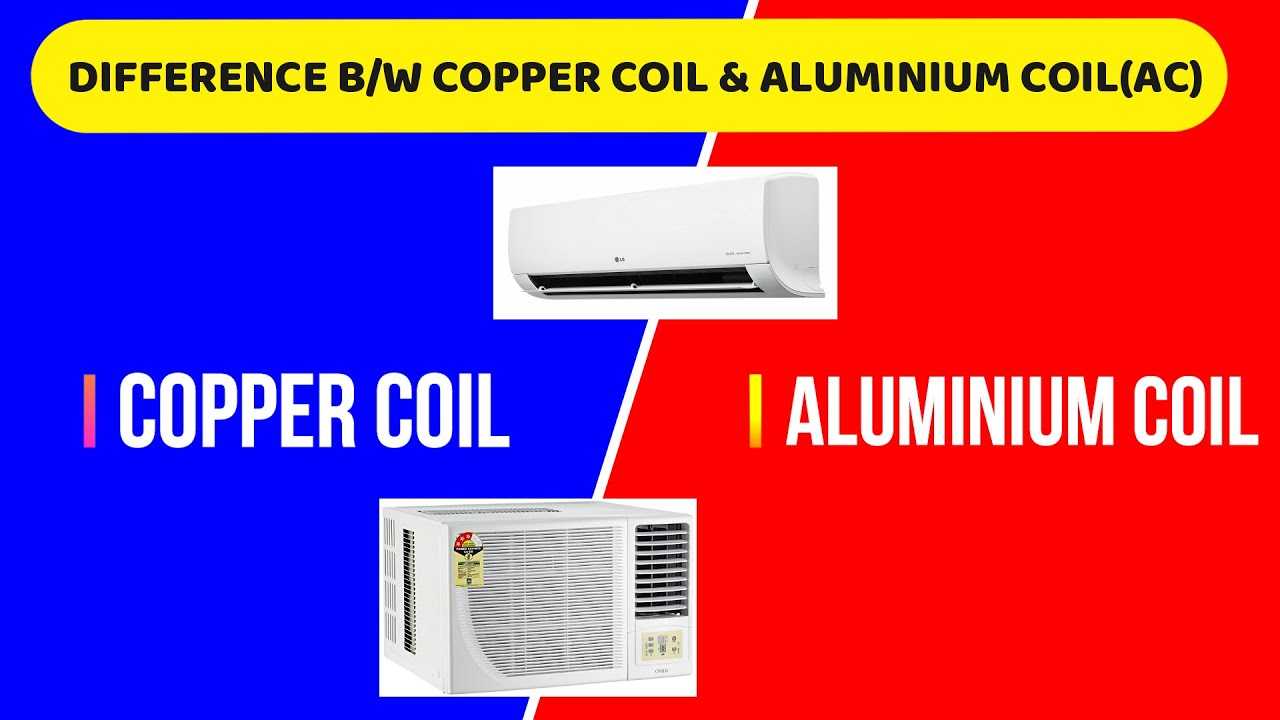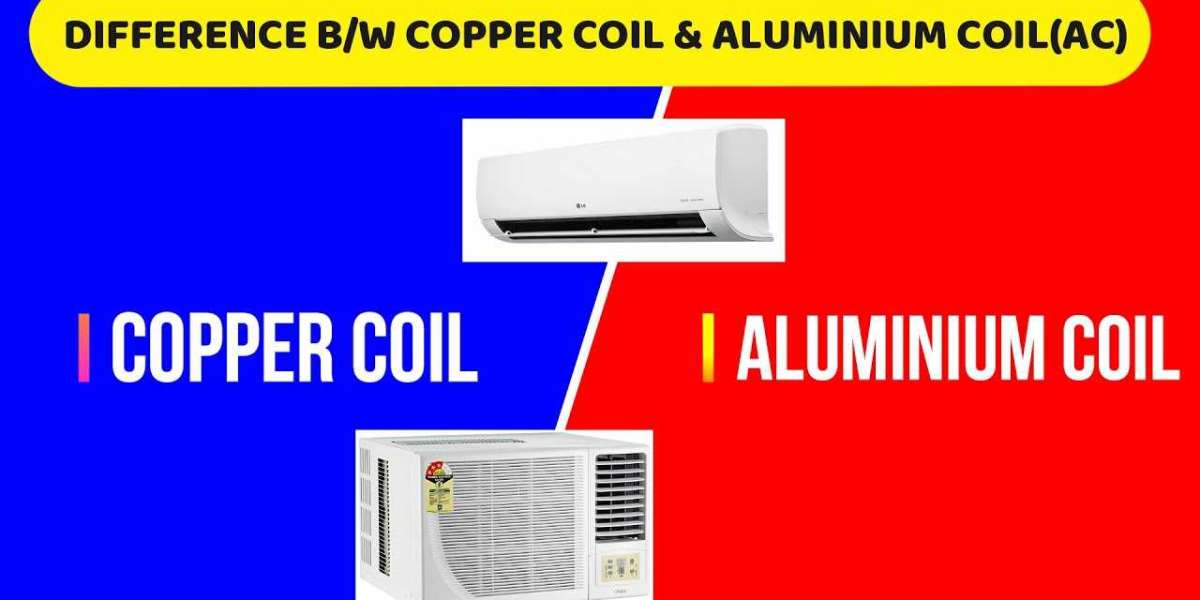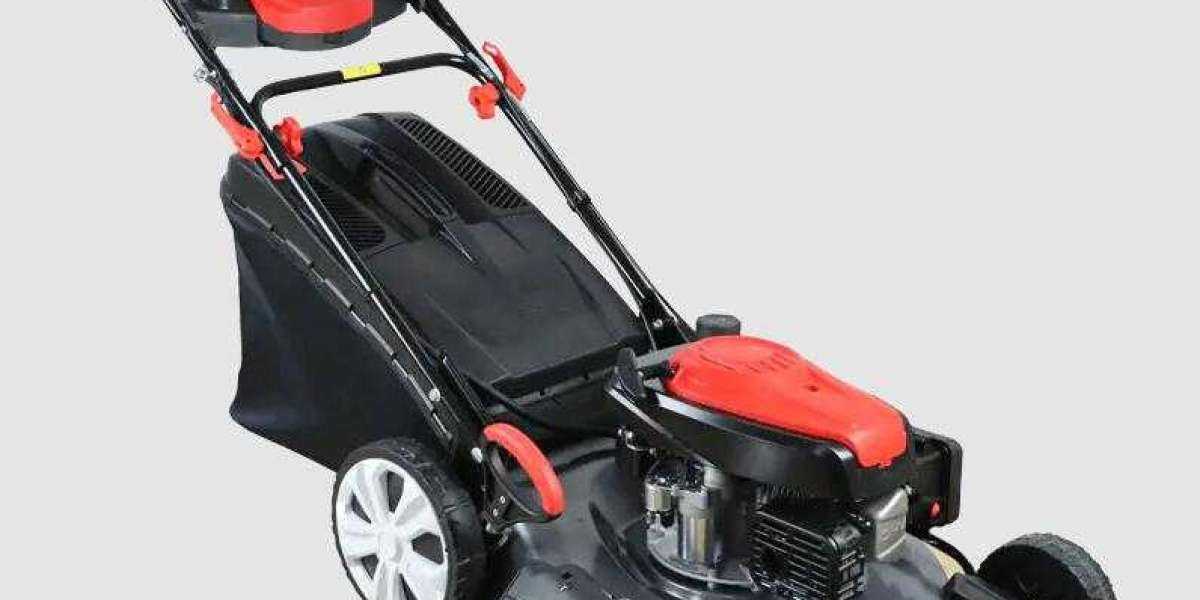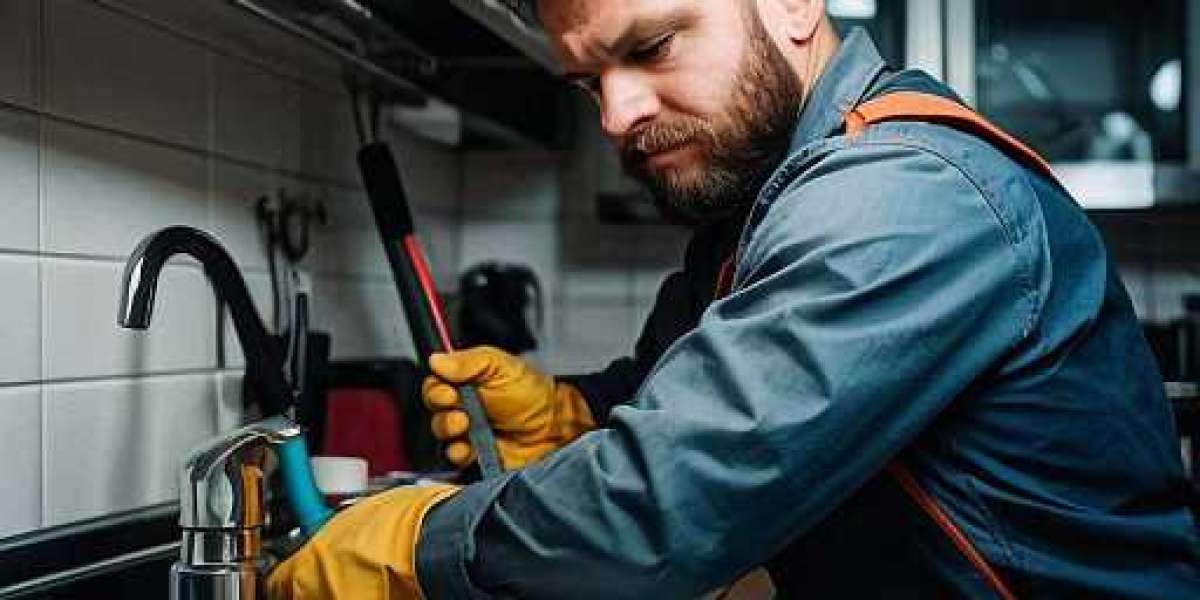After turning on the air conditioner, you won't have to wait more than a few minutes before you can feel the cool air surrounding you. In addition to the myriad of factors that come into play when determining which model of air conditioner is superior, there is also a time-honored controversy regarding the type of coil that is superior: copper or aluminum. Let's begin by discussing the significance of these coils in the process of air conditioning before moving on to the advantages and disadvantages of each type of aluminium coil.

Coils are of critical importance in air conditioners.
The essential component of an air conditioner is a refrigerant gas, which, when subjected to compression, transitions from its gaseous state to its liquid state, and then, after absorbing heat from the surrounding environment, transitions back to its gaseous state. It then goes through a process of refrigeration that is primarily composed of the following four stages:
The gas is subjected to a higher level of pressure and then transformed into a high-pressure hot liquid.
Condensation: As the liquid moves through a coil, the high-pressure, hot liquid refrigerant is changed into a cooler liquid by releasing heat into the outside air. This process is known as condensation.
Expansion Valve: A valve then converts high-pressure liquid to low-pressure liquid. In the case of split air conditioners, this procedure takes place in the indoor unit, while the others are carried out in the outdoor unit.
The heat that is carried in the air from the room is absorbed by the refrigerant that is contained within the evaporation coils, causing it to change states from liquid to gas and cause evaporation. After going through the compression process, the gaseous refrigerant is then sent through the condensation coils, which cause the refrigerant to condense by releasing the heat it had previously stored into the air around it. These blasts of warm air are expelled with the assistance of exhaust fans.
This operating principle is consistent across all varieties of heating, ventilation, and air-conditioning systems; the only variable is the scale of the system.
Therefore, the effectiveness of HVAC systems is impacted by the particular type of coils that are utilized within them. When it comes to the functionality of HVAC systems, the size of the coil, the material that is used to make them, as well as the ease with which they can be cleaned and maintained, are all very important factors.
The Origins and Development of Air Conditioner Coils
1. Copper was historically the material of choice when making these coils, and it still is today
2. Around the year 1970, General Electronics made a move that revolutionized the industry of air conditioning
3. This move was a game changer
4. They initially made coils out of copper, but later switched to aluminum
5. Because the cost of using aluminum was significantly lower than that of using copper, the prices of air conditioners were subsequently lowered, making them a luxury that the vast majority of people were able to afford
1) Heat transfer characteristics: aluminum has a lower thermal conductivity than copper.
Because heat is transferred in the coils, it is essential that the metal have good heat transfer characteristics in order for the process to be successful. This indicates that copper is a superior material for the transfer of heat to aluminium products.
2) The price and malleability (the quality of being able to be shaped easily):
Copper is a more expensive material than aluminum, which drives up the overall production costs of an air conditioner, which in turn drives up the price of the air conditioner. Aluminum has emerged as the material of choice for air conditioner manufacturers as they look to lower their per-unit production costs.
Flexibility is yet another aspect that must be taken into account. As a result, approximately three times as much copper is required to make a coil of the same size and shape, which results in the process having a higher cost.
3) Perseverance and dependability:
Copper, as opposed to aluminum, is much simpler to repair in the field. When aluminum coils are damaged, it is typically necessary to replace them with new ones.
4) Ease of upkeep and repair:
Due to the fact that the condenser coils are installed in the unit, which is typically situated outside the house, they are subjected to severe weather conditions and dust, both of which require regular cleaning to ensure optimal performance. Having said that, copper coils are resistant to rust and corrosion, making them simple to clean and maintain. Despite the fact that aluminum coils are not particularly durable, they still need to be stored in a cabinet that can withstand a significant amount of pressure. Because of this, they are difficult to clean and keep up with.
5) Corrosion:
The rate of corrosion plays a significant part in determining how long an air conditioner will remain functional. The coils become damaged as a result of corrosion, which not only results in leakage but also makes the process of heat transfer more difficult. Because of this, preventing the coils from corroding is of the utmost importance. Because there is a greater concentration of moisture in the air near the ocean and other salty bodies of water, the risk of corrosion is greater in regions that have a higher humidity level, as are the associated damage costs.(Here's a pro tip: when shopping for an air conditioner, keep an eye out for corrosion protection features like coatings that go over the coils and the like.)
The Most Recent Advancements in Coils for Air Conditioners
Each type of metal has its own set of advantages and disadvantages that make it a good or bad option for use in the production of coils."Blue fin condenser" is an alternative name for this method, which is utilized by brands such as Panasonic, Electrolux, O General, and Blue star, amongst others. A few brands additionally utilize a golden coating and refer to it as their "Gold Fin condenser."The copper condenser used by LG is coated with something called "Ocean Black Protection," which is essentially a different type of corrosion protection coating. By doing so, the condenser coil is shielded from the moisture and humidity that may be present. People who live in areas that are close to saltwater bodies of water or on the coast may find this method to be of great benefit.
Micro channels
Micro channel condenser coils are all aluminium coil. This assembly is made up of flat tubes, aluminum fins that are positioned in between the tubes, and two manifolds for the refrigerant. There will be no galvanic corrosion with this configuration because there will not be any joints between metals of different types. This method, which Samsung refers to as "Durafin" or "Muli-Jet" technology, can be found in many of the company's products and is used by Samsung under either of those names.
2) Look for features that will allow you to clean and maintain the coils, such as an auto-clean mode and other similar functions. Some of Hitachi's air conditioners come equipped with something called an "Evaporator coil clean mode," which allows the evaporator coil to be automatically cleaned and makes the unit easier to maintain.








